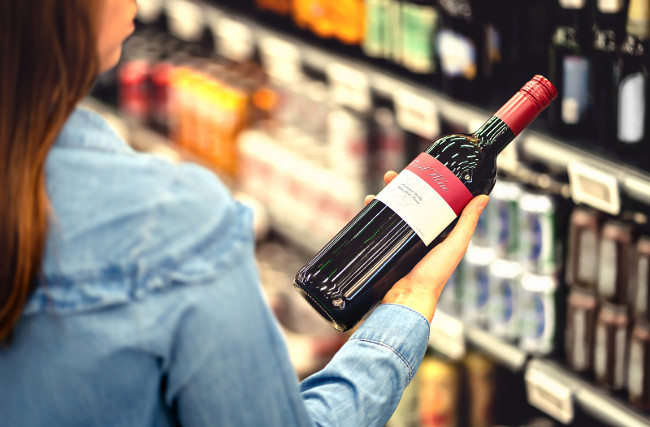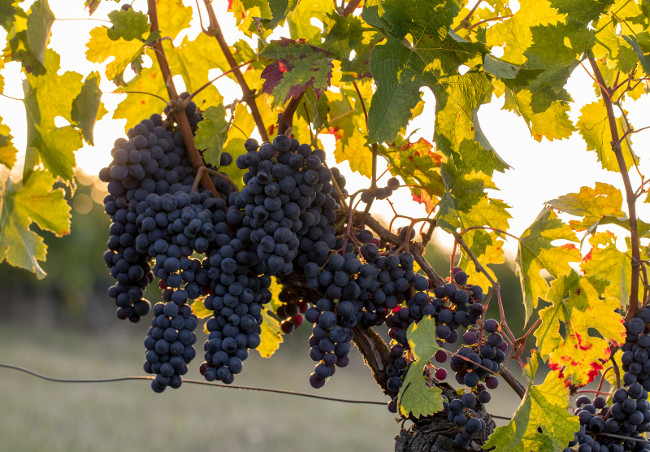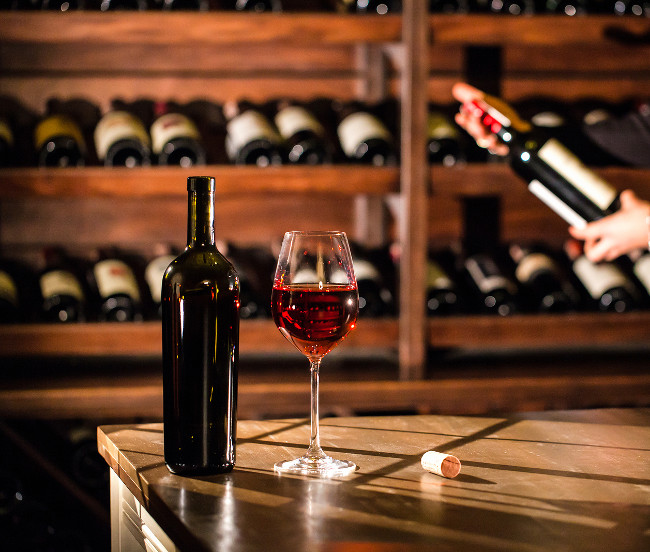Considered to be one of the most popular red grape varieties, Merlot is a staple favourite for many and it is understandable to see why, as the soft and elegant body of this wine has impressed connoisseurs for centuries.
Due to the continuously rising popularity of this wine, Merlot has become the most planted variety in France and the second most-planted grape in the world — it covers approximately 657,000 acres across the globe.
With fruit-driven plum and cherry flavours, high levels of tannin, a smoother finish and an ability to be paired well with the majority of foods, it comes as no surprise that the popularity of Merlot simply keeps on growing — it is America’s second favourite, as it lies closely behind the exquisite Cabernet Sauvignon.
From analysing bolder flavours and determining the effects of different climates, one can quickly differentiate the best Merlot fine wines from an ordinary batch — and let’s just say that it will also be a rather impressive skill to show off in front of friends and family!

The complexity
Perhaps the most important element to consider when picking a high-quality Merlot — or any wine for that matter — is determining how complex the wine is.
A variety of different notes, characteristics and distinguishable flavours will contribute to a wine’s complexity — the more flavours you can taste, the more complex the Merlot will be.
A great example of an exquisite Merlot will have velvety tones of plum, dark berries and cassis, as well as rich oaky flavours, therefore take note when tasting to determine the several flavour compositions of the wine.
The intensity
The more intense the wine is, the clearer it will be to identify and distinguish the flavours that are present. A Merlot that has intense flavours will undoubtedly have a more recognisable taste and will be easier to spot and appreciate.
When trying a glass of Merlot, simply savour to see whether the complex flavours are indeed notable. If the flavours are intense and very distinguishable, then the wine will be of high quality and you can relax and enjoy a glass — or two.

The balance
Similar to the previous elements, an optimal wine should contain an array of flavour profiles, such as fruits, vegetables, oak notes, structure and earthiness.
Wines that have a vast majority of these five components, introduced to a level where it is notable and producing a harmonic relationship between tastes, are understandably great. If a wine is in balance, none of the components — acidity, tannin, alcohol or fruit — stand out as the main event.
A balanced wine will offer a refreshing taste where the tannins are supple and the fruit is abundant but not overpowering — when attempting to pick a high-quality Merlot, ensure that the wine has a well-balanced structure.
The finish
Last but not least, an impressive way of picking a high-quality Merlot is to determine whether it has a good length or finish.
To do this, simply swallow the wine and see how long the taste stays on your palate — remember that the longer the flavour lingers, the better the quality.
If you are tasting several of the aforementioned characteristics and the taste lasts 10 seconds or more, then you have found a high-quality Merlot.

Serving it well
The idea of serving red wine at room temperature has become outdated simply due to the fact that people’s homes tend to vary drastically in temperature.
When a Merlot is too warm, the alcohol will taste hot and the flavours will be muddled, yet if it is too cold, then the aroma and flavours will be muted. An ideal temperature range for a Merlot can be achieved by simply keeping it for 15 minutes in the fridge.
If you do not finish the wine then replace the cork and place it back in the fridge — don’t worry about losing the flavours overnight, because a Merlot will typically stay fresh for 2-4 days. After, it will begin to oxidise which means you can toss it into a meal.
The versatility of a Merlot has helped make the wine very popular. Fruity Merlot’s will go wonderfully with white and dark meats, as well as pasta and pizza, whereas a full-bodied, ripe glass will go exquisitely well with fuller-flavoured foods such as beef and lamb, as well as game meats like venison and bison.
Classic and savoury styles of Merlot from Bordeaux can be paired beautifully with roasted meats, duck and mushrooms — remember that when choosing to pair a high-quality Merlot with food, you need to consider the weight and flavour intensity of the dish and wine.






















